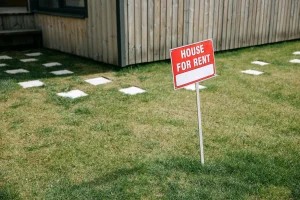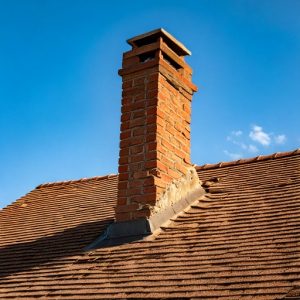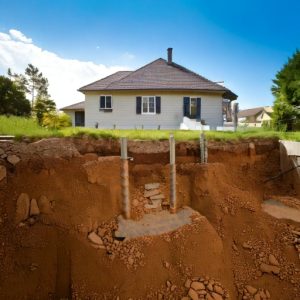Understanding the differences between foundation settling and foundation shifting is essential for homeowners who want to effectively monitor their foundation’s health. While both can occur over time, distinguishing between the two is crucial for determining the appropriate course of action. In this blog post, we will explore the key differences between foundation settling and foundation shifting and provide monitoring strategies to help homeowners stay proactive in preserving the stability of their foundations.
- Foundation Settling: Foundation settling is a natural process that occurs as a new home adjusts to the soil beneath it. It typically happens during the first few years after construction. Signs of foundation settling include minor cracks that are uniform in size and generally do not expand over time. Monitoring strategies for foundation settling include:
- Regularly inspecting the foundation for any new or expanding cracks.
- Documenting the size and location of existing cracks to monitor any changes.
- Observing the levelness of floors and checking for any gradual changes over time.
- Keeping track of changes in door and window operation, such as sticking or misalignment.
- Periodically measuring the gaps between molding or trim and noting any changes.
- Foundation Shifting: Foundation shifting refers to the movement of the foundation beyond normal settling, often caused by external factors like soil movement, drainage issues, or improper construction. Signs of foundation shifting may include uneven floors, significant cracks that widen or become jagged, doors and windows that stick or fail to close properly, and noticeable gaps in walls or exterior features. Monitoring strategies for foundation shifting include:
- Conducting regular inspections to identify any signs of significant cracks or structural changes.
- Monitoring the levelness of floors and documenting any sudden or progressive shifts.
- Noting any changes in the alignment or operation of doors and windows.
- Examining exterior features, such as bricks or siding, for signs of misalignment or cracking.
- Monitoring the performance of plumbing and drainage systems for any recurring issues.
- Seeking Professional Assessment: While monitoring foundation settling or shifting is important, it’s crucial to seek professional assessment for a comprehensive evaluation. Companies like Advanced Systems of Northeast Kansas have the expertise to conduct thorough inspections and provide expert advice tailored to your specific situation. They can accurately determine whether the observed changes are within the normal settling range or require further investigation and necessary repairs.
Distinguishing between foundation settling and foundation shifting is vital for homeowners to monitor their foundation’s health effectively. By understanding the key differences and implementing monitoring strategies, homeowners can detect early warning signs, take proactive measures, and seek professional assistance when needed. Regular inspections and documentation play a crucial role in assessing any changes in cracks, floor levels, doors and windows, and exterior features. Remember, if you have concerns about your foundation’s stability, consult with experienced professionals like Advanced Systems of Northeast Kansas to ensure a thorough evaluation and appropriate solutions. By staying vigilant and proactive, you can preserve the integrity of your foundation and secure the long-term stability of your home.






